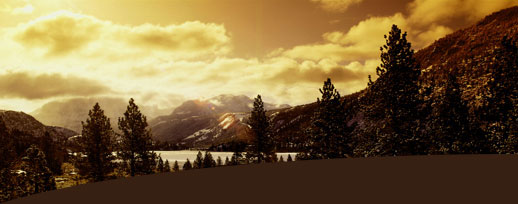
Piazza Statuto
Piazza Statuto - jest jednym z centralnych punktow miasta. To z niego odchodza jedne z najwazniejszych ulic miasta jak via Garibaldi, prowadzaca do Piazza Castello przy ktorym znajduje sie rezydencja krolewskiej dynastii sabaudzkiej oraz Corso Francia-najduzsza ulica miasta prowadzaca do miasta Rivoli. W centralnym pukcie placu znajduje sie maly ogrod z pomnikiem upamietniajacym osoby pracujace na budowa Tunelu Frejus pomiedzy Italia i Francja.
Plac okreslany jest rowniez mianem czarnego punktu miasta, gdyz wedlug opowiesci w tym miejscu gromadzily sie osoby praktykujace czarne magie.
IN ITALIANO
Piazza Statuto è una delle piazze più importanti di Torino. È situata nella zona centrale della città (Circoscrizione 1 - quartiere Centro).
Ha forma allungata; da essa dipartono, tra le altre, Corso Francia, che in epoca romana era il tratto iniziale della strada per le Gallie, e Via Garibaldi, che era il decumanus maximus della colonia romana, la via più antica di Torino, un tempo chiamata Via Dora Grossa.
La conformazione architettonica ricorda quella di altre piazze cittadine, con ampi portici lungo una parte consistente del suo perimetro.
IN ENGLISH
This square was opened in 1864 with the aim to complete the symmetry of the four entrances to central Turin – the other three squares being Piazza Vittorio to the east, Piazza Republica to the north and Piazza Carlo Felice to the south.
Carlo Promis designed this piazza. Guiseppe Bollati completed it. The piazza is lined on three sides by tall Baroque style structures, which were erstwhile palaces and residences
At the center of the piazza there is a small garden. There is a monument dedicated to the builders of the Frejus Tunnel, connecting Italy and France, during the reign of Cavour and Napolean III. It was the first of the tunnels through the Alps. It was built in 1879. It has recently been restored.
During Roman times the square was the place where thousands of criminals, deviants and a few innocents were charged and executed. The Piazza Statuto lay outside the original walls of the city on the west side. There were no cemeteries so bodies were just dumped outside the walls.
Today there is a gothic monument at the spot where the gallows stood, near a manhole cover above a series of underground tunnels. The angelic statue at the center seems innocent enough. It is of a lovely angel with a star on his head and a feathered pen in his right hand. The angel soars majestically above the boulders stacked with several souls suffering in torment below. Belli sculpted it. Believers consider the tunnels lead to the gates of hell. Actually it is the entrance to the sewers but it commands its own respect in a quiet manner by the Turinese. A small obelisk, half hidden by trees shows the point where the latitude of Turin is situated as calculated by the mathematician Cesare Beccaria.
For centuries Piazza Statuto has been known as a center for both black and white magic. Although it has been associated with the gates of hell and black magic rituals there are also two churches. S. Martino is a Baroque church, built around 1765. It has two paintings by Monclavo and is open to the public. Beata Vergine Annunziata is a Baroque Oratory. It has a beautiful carved wooden board but is unfortunately not open to the public.